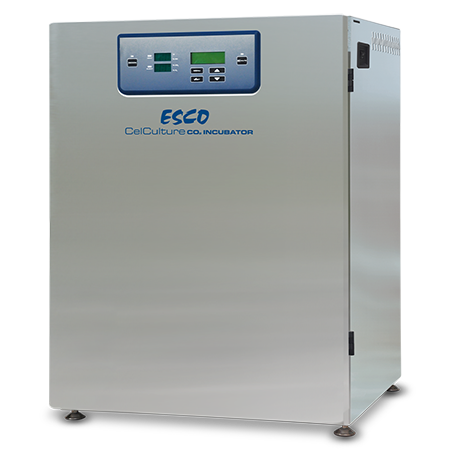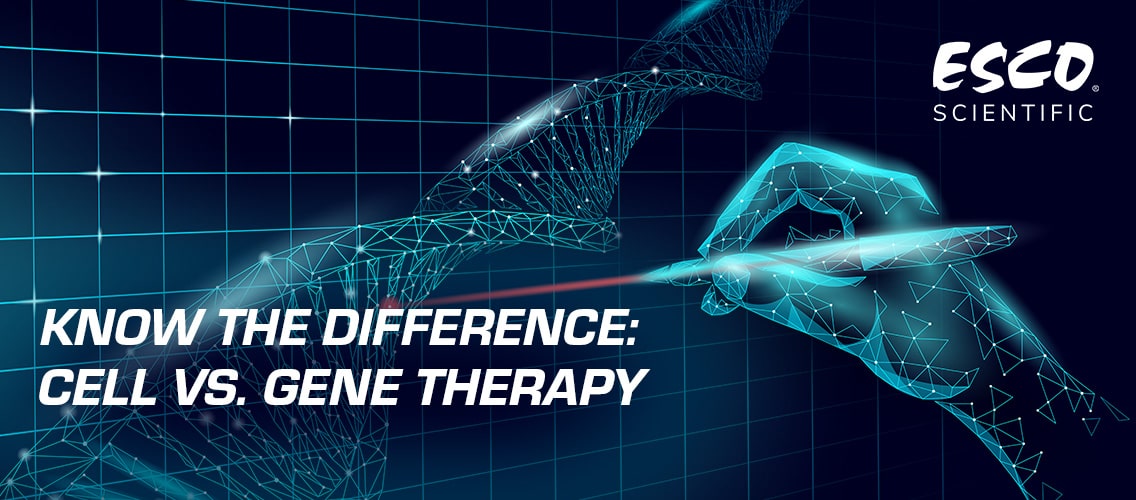
Cell and gene therapies are transformative new categories of medicine that offer longer-lasting effects than traditional medicines. The full potential of these therapies is only just beginning to emerge. Through these advancements, scientists can now address and modify genes or replace faulty genes with healthy ones to potentially treat, cure, or prevent a disease or complex medical conditions. Both have the potential to treat the underlying cause of both genetic and acquired diseases, but the process for each therapy is different yet sometimes interchanged.
Cell therapy technologies overlap with those of gene therapy, cancer vaccines, drug delivery, tissue engineering, and regenerative medicine. It aims to prevent and treat human diseases via the administration of cells that have been treated, altered, or engineered ex vivo.
Main applications include the treatment of cardiac diseases, diabetes mellitus, bones and joints disease, genetic disorders, skin/soft tissue wounds, and cancer. Stem cells are the ideal cells to be used for cell therapy because of their two main properties: the ability to replicate for long periods and to develop into different cell types.
There are three major types of stem cells: (1) embryonic stem cells, (2) adult stem cells, and (3) induced pluripotent stem cells (iPSCs); the first two are naturally found in the body, while iPSCs are produced in the laboratory.
Adult stem cells, also known as somatic stem cells, are undifferentiated cells found in different areas of the body. They differ from embryonic stem cells as they are multipotent, whereby they can only develop into specific types of cells. Adult stem cells include the following:




Gene therapy is the introduction of genetic material into a host cell to treat or prevent disease. It uses sections of DNA (usually genes) to replace the mutated gene and change the expression of protein(s) critical to the development and progress of the disease. There are different types of gene-based therapies and those include:
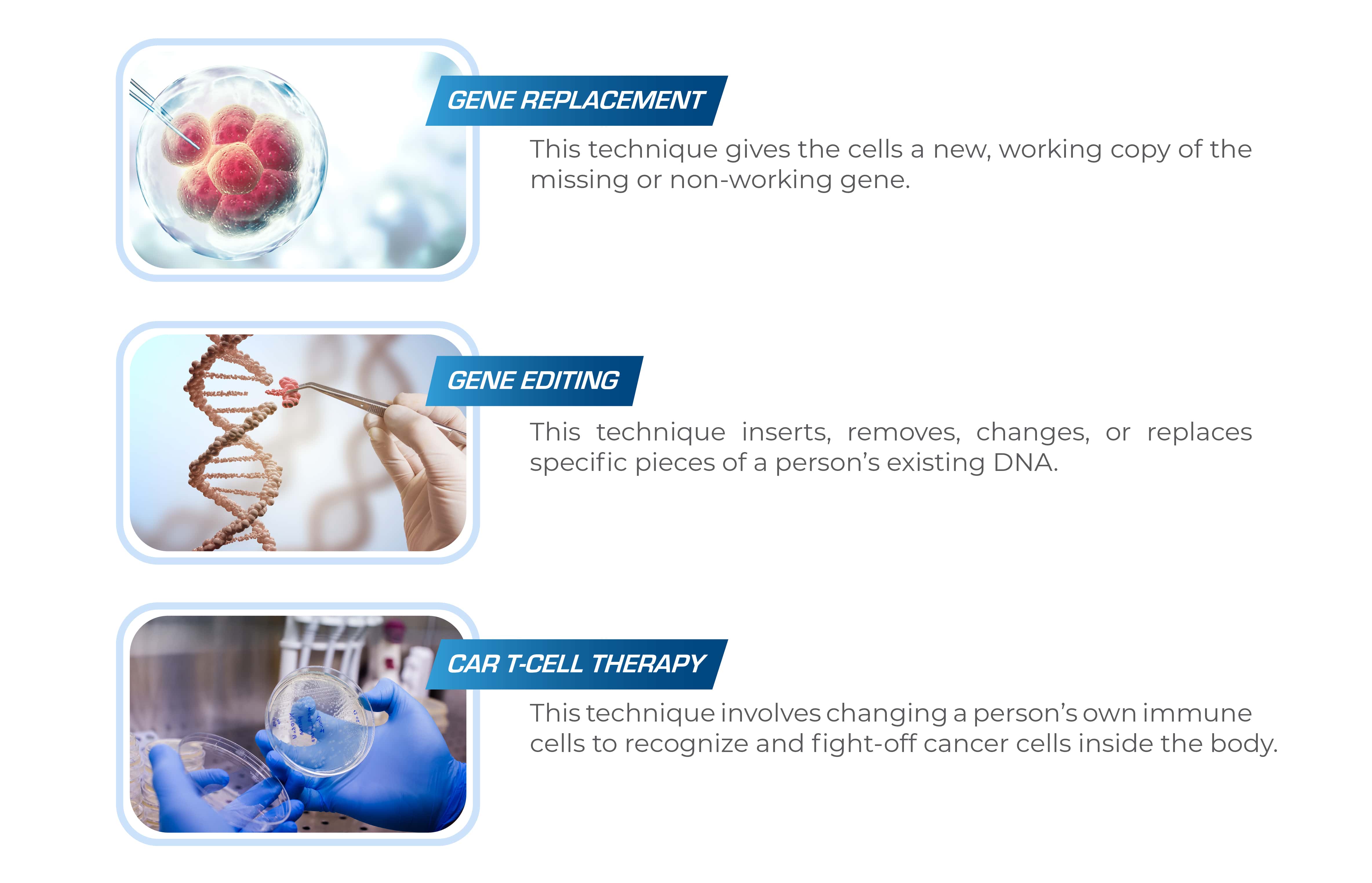
Discover Esco VacciXcell’s wide range of bioprocess solutions for cell and gene therapy applications here.
Although they differ, cell therapy and gene therapy are often combined to treat various genetic diseases. The current approvals for cell and gene therapy bode well for the medicine path. At the right time, these therapies will take their place as pillars of precision medicine with the potential to transform the lives of those with genetic diseases and different types of cancer conditions for which treatments have so far been unattainable.
Safety is critical in this application and additional research must come hand in hand with proper engineering controls. The laboratory should be well-equipped with high-quality equipment. Esco Scientific offers a wide variety of life science tools including Biological Safety Cabinets and CO2 Incubators to produce results safely and effectively.
To provide operator protection and to protect cell cultures and genes from outside contaminants.
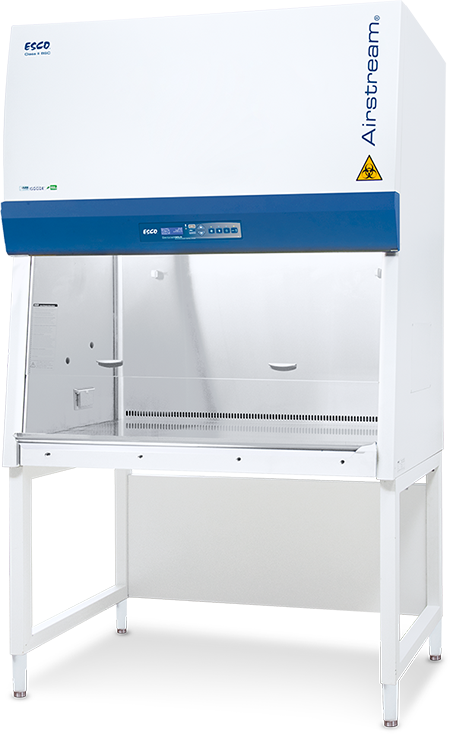
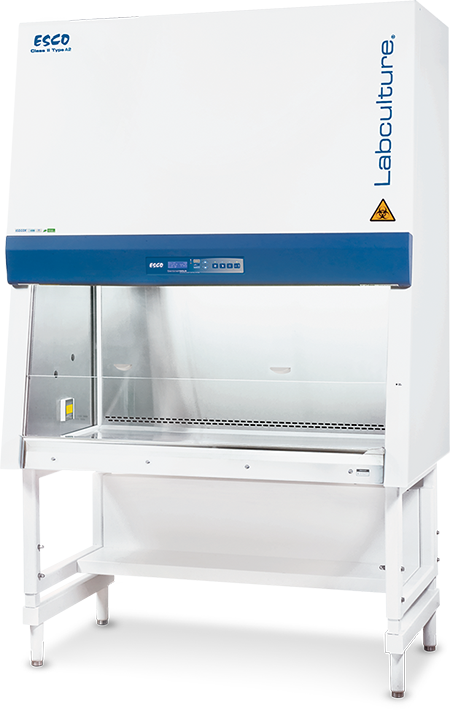
To maintain optimal environment for the growth of the different cells used in cell and gene therapy.

